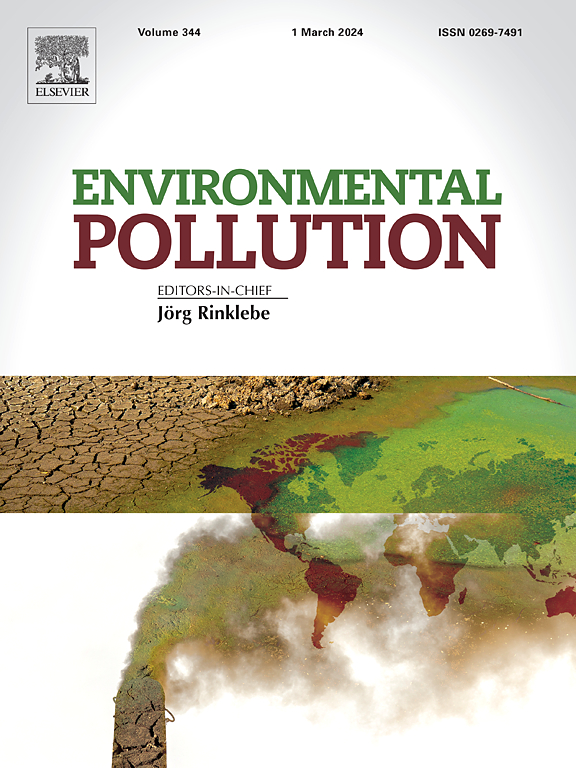Environmental and Health Impacts of Heat Transfer Fluids (HTFs)
IF 7.6
2区 环境科学与生态学
Q1 ENVIRONMENTAL SCIENCES
引用次数: 0
Abstract
Thermo Solar Systems are growing significantly around the world. Although they are thought to be clean, the analysis of its life cycle evidence a negative impact on the environment, due to unvoluntary spillages of heat fluid transfer (HTF). To know the risk of HTF spills for human health and environment, we selected human cell lines and toxicological model organisms to evaluate both aspects. In concrete, we selected two non-transformed human cell lines of fibroblasts and hepatocytes; Allivibrio fisherii, Dictyosphaerium chlorelloides, Emiliana huxleyi and Artemia salina. Using standardized toxicological tests, we studied the effect of HTF under two scenarios: 1) exposure cells to concentrations on the range from 0.1 to 15 μg/L for short periods (from 30 minutes to 72 hours) and 2) the same concentrations for 20 days. Additionally, we explored the toxic effect of two different HTF samples: commercial and thermal degraded HTF (used). Results proved that commercial is less toxic than used and that microalgae was extremely sensitive (IC50 around 3.5 μg/L) following of Allivibrio fisherii (IC50 around 200 μg/L), human cell lines (IC50 around 1,000 μg/L) and crustaceans (IC50 2,000 μg/L). The particularities of cell wall composition and the metabolic specialization justify the differences. Furthermore, a very interesting result was that exposure for 20 days produced greater damage than the same dose for periods of 72 hours in all the cell types studied. Our results suggest that HTF spillages have a bigger environmental impact than expected, which thermosolar plants are not as environmentally friendly as previously thought.

求助全文
约1分钟内获得全文
求助全文
来源期刊

Environmental Pollution
环境科学-环境科学
CiteScore
16.00
自引率
6.70%
发文量
2082
审稿时长
2.9 months
期刊介绍:
Environmental Pollution is an international peer-reviewed journal that publishes high-quality research papers and review articles covering all aspects of environmental pollution and its impacts on ecosystems and human health.
Subject areas include, but are not limited to:
• Sources and occurrences of pollutants that are clearly defined and measured in environmental compartments, food and food-related items, and human bodies;
• Interlinks between contaminant exposure and biological, ecological, and human health effects, including those of climate change;
• Contaminants of emerging concerns (including but not limited to antibiotic resistant microorganisms or genes, microplastics/nanoplastics, electronic wastes, light, and noise) and/or their biological, ecological, or human health effects;
• Laboratory and field studies on the remediation/mitigation of environmental pollution via new techniques and with clear links to biological, ecological, or human health effects;
• Modeling of pollution processes, patterns, or trends that is of clear environmental and/or human health interest;
• New techniques that measure and examine environmental occurrences, transport, behavior, and effects of pollutants within the environment or the laboratory, provided that they can be clearly used to address problems within regional or global environmental compartments.
 求助内容:
求助内容: 应助结果提醒方式:
应助结果提醒方式:


